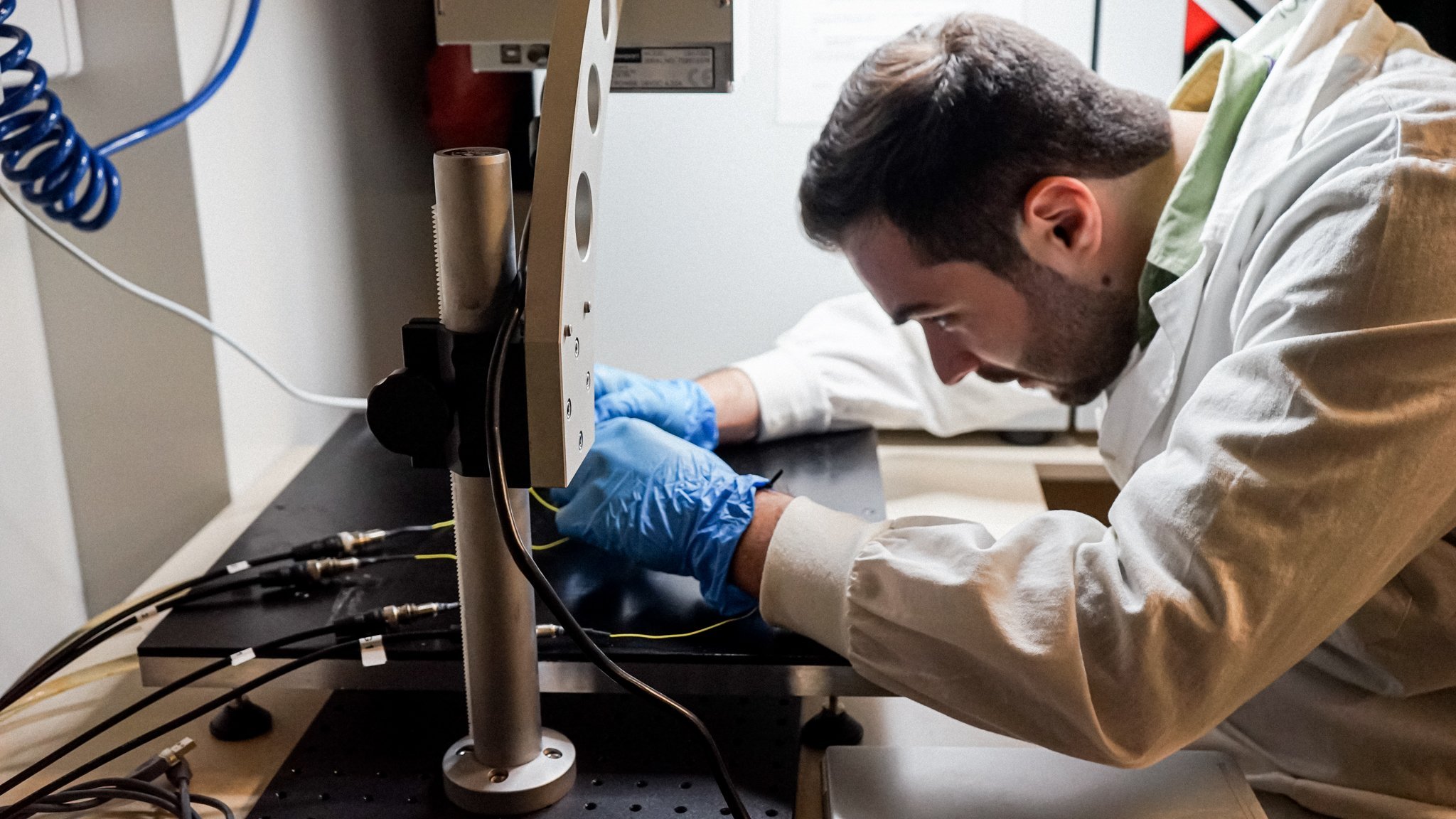
António Oliveira wins the award for the Best Poster for the Reduction of critical raw materials
October 25, 2022
The Materials for Energy transition Summer school organised by the Sociedade Portuguesa de Materiais (SPM), the Ordem dos Engenheiros, INL – International Iberian Nanotechnology Laboratory, Laboratório Nacional de Energia e Geologia (LNEG), and Direção Geral de Energia e Geologia (DGEG) took place on September and was centred on the discussion over the current Energy transition problem with a great focus on the materials contribution.
A broad range of Energy topics was discussed, through informative presentations and round-tables that showed the roadmap to combat the recent energy crisis, as well as pedagogical ones demonstrating the most recent technological state-of-the-art advancements. The event counted the participation of a large group of energy stakeholders, besides the academia, partners from the industry, research and technology organisations, and governmental organisations, just to name a few, also presenting and demonstrating that energy interests are wide and spread.
António Oliveira participated with a poster entitled “Light Management in Cu(In,Ga)Se2 solar cells”. Herein, light management strategies that may effectively be coupled to a Cu(In,Ga)Se2 (CIGS) solar cell and promote a light-to-power conversion efficiency increase were presented and discussed. The developed architectures were based on novel concepts ranging from, a moth-eye architecture for anti-reflection, fabricated through an industry-friendly nano-imprint lithography procedure, to the integration of plasmonic nanoparticles, to promote an optical path length enhancement in the CIGS layer.
The poster presentation won the award for the Best Poster for the Reduction of critical raw materials. The presented light management architectures enable more efficient light absorption in a solar cell device; thus, allowing for a solar cell thickness reduction, and a decrease in material consumption. In various solar cell technologies, this is of great importance, as they are composed of critical raw materials, such as In and Ga in CIGS, and Cd in CdTe solar cells.
António Oliveira, a student of the Doctoral Program in Physical Engineering at the University of Aveiro (UA), who has just received a Fulbright Scholarship is currently pursuing a PhD in physics engineering at the University of Aveiro and INL with a competitive FCT PhD grant. António works on the incorporation of plasmonic/photonic nanostructures in solar cell devices, with the ultimate goal of increasing the optoelectronic performance of solar cell devices while reducing manufacturing costs. You can read his latest interview here.

